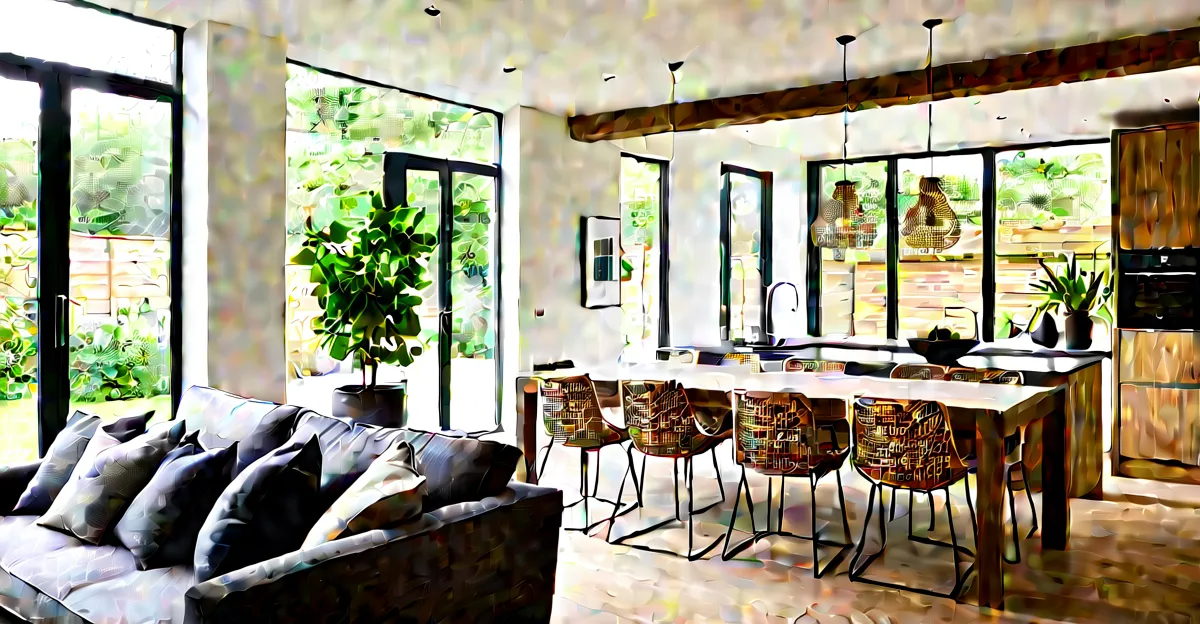Actionable Strategies for Sustainable Home Decor in the UK
Creating a sustainable home decor approach in the UK starts with integrating eco-friendly choices from initial planning through to execution. Begin by assessing your space for areas where simple swaps can have a quick impact—such as replacing plastic items with biodegradable or recycled alternatives. Prioritising practical tips like choosing energy-efficient lighting and organic textiles helps reduce environmental impact while refreshing your interior.
Understanding how to integrate eco-friendly decor into daily life means focusing on materials with lower carbon footprints and supporting products that promote longevity. For example, selecting furniture made from sustainably sourced wood or recycled metals aligns with both ecological and aesthetic goals. These choices not only benefit the environment but often enhance indoor air quality and reduce waste.
Also to see : How Can You Transform Your UK Home Living with Modern Design Trends?
Quick wins include adding houseplants to improve air quality and opting for natural paints that emit fewer volatile organic compounds. As you implement each change, maintain awareness of UK-specific considerations, such as local availability and climate-appropriate materials. By combining thoughtful planning with simple actions, sustainable home decor in the UK becomes an achievable, rewarding pursuit.
Practical Steps for Incorporating Sustainable Decor in UK Homes
Incorporating sustainable home decor in UK homes begins with selecting the right materials. Opt for eco-friendly UK interior design elements such as furniture made from reclaimed wood or natural fibres, which reduce environmental impact by avoiding virgin resources. Choosing low-VOC (volatile organic compounds) paints and finishes further promotes healthier indoor air quality, essential for sustainable living UK.
Also to discover : How Can You Incorporate Local Culture into Your Home Decor?
Implementing energy-efficient solutions is another vital step. Switch to LED lighting and smart controls to minimise electricity consumption while maintaining ambiance. Solar-powered or motion-sensor lighting options also contribute to reducing the home’s carbon footprint without compromising style.
Blending aesthetics with environmental responsibility means designing spaces that are both visually pleasing and eco-conscious. Select pieces that combine durability with timeless appeal—this reduces waste and encourages long-term use. Incorporate natural textiles, such as organic cotton or linen, which offer sustainable alternatives to synthetics.
By integrating these practical steps, homeowners achieve a balanced approach: enhancing beauty and comfort while committing to sustainable living UK principles. This method ensures that every choice supports eco-friendly UK interior design goals without sacrificing style or functionality.




